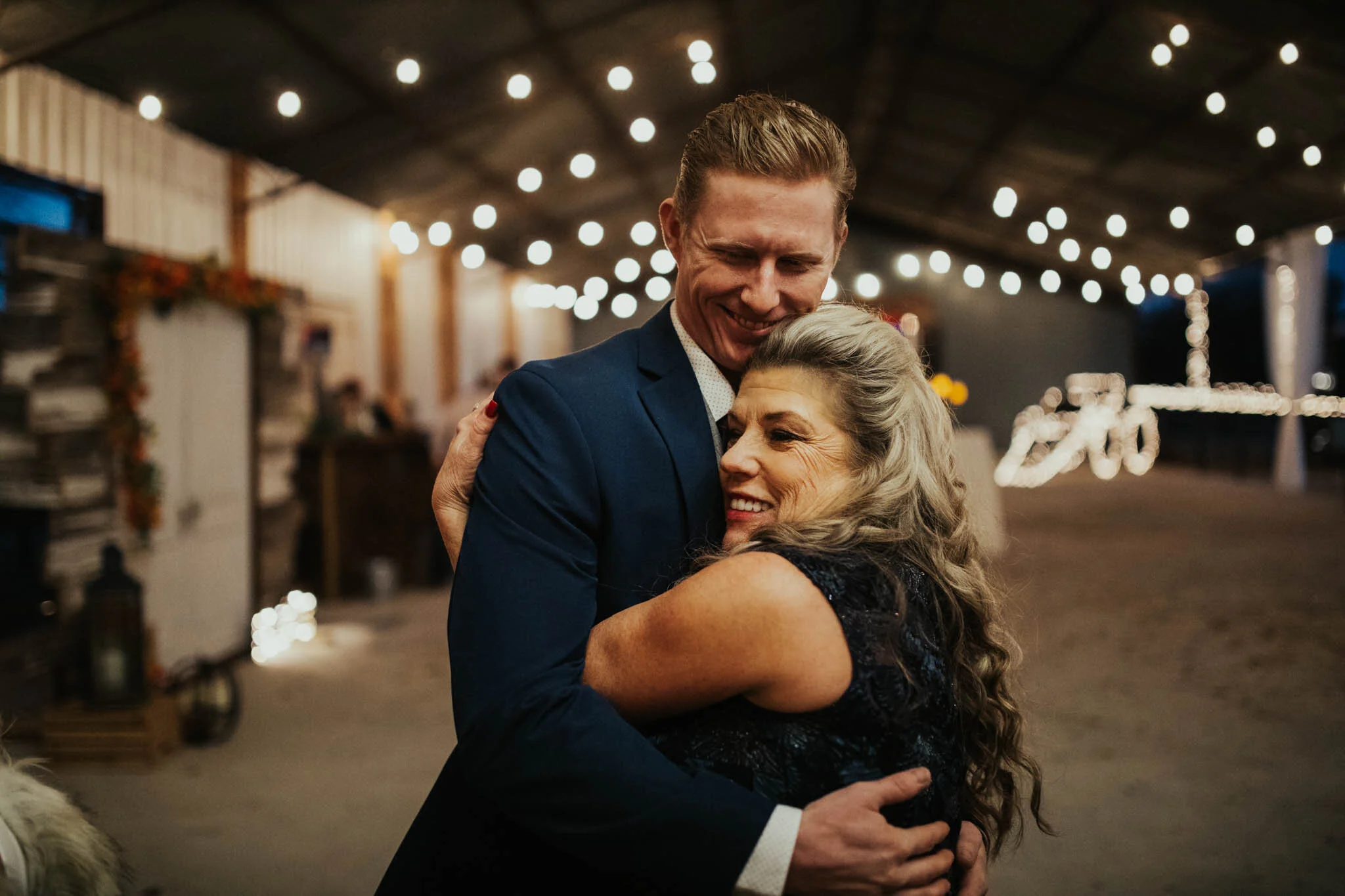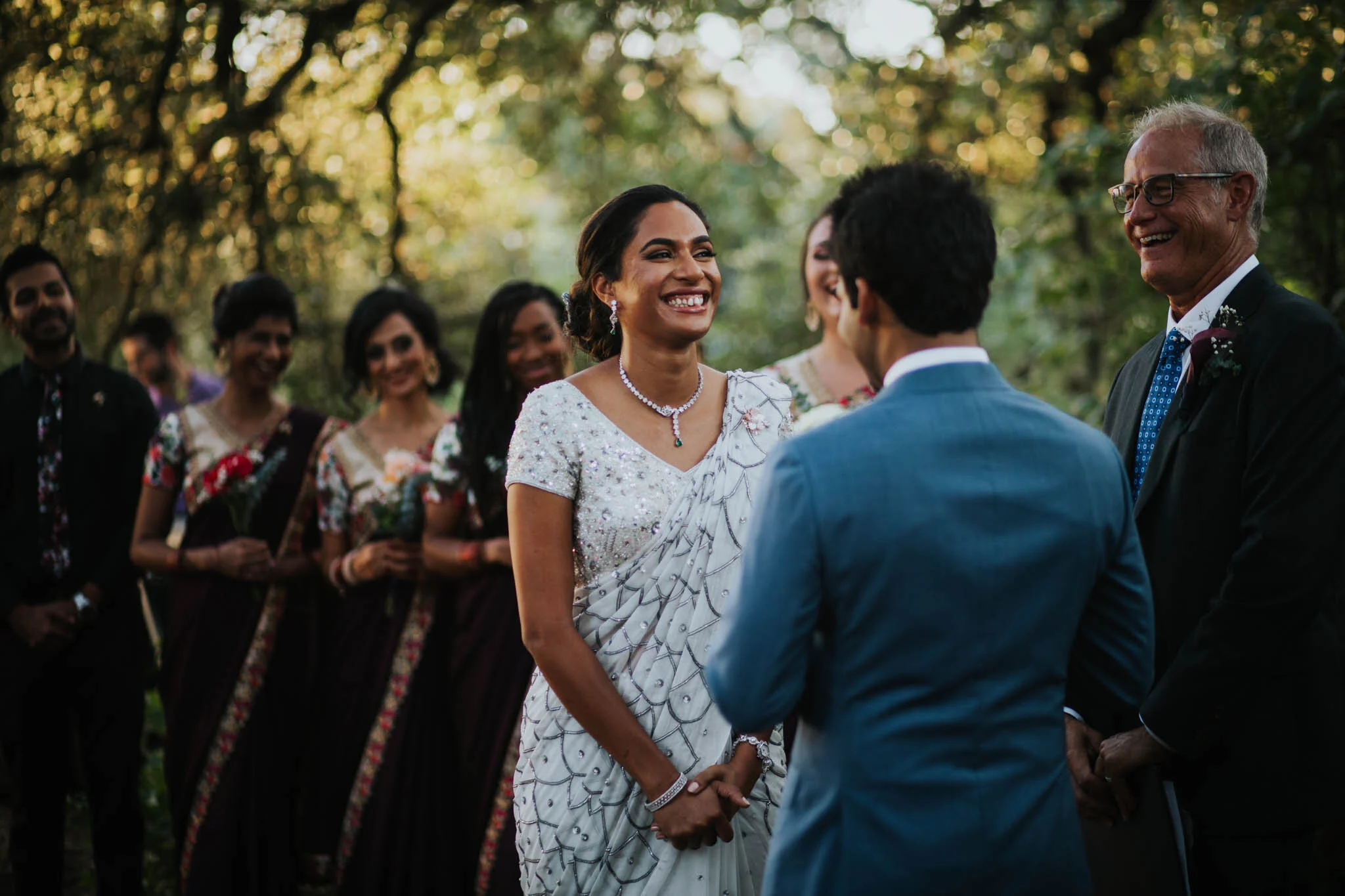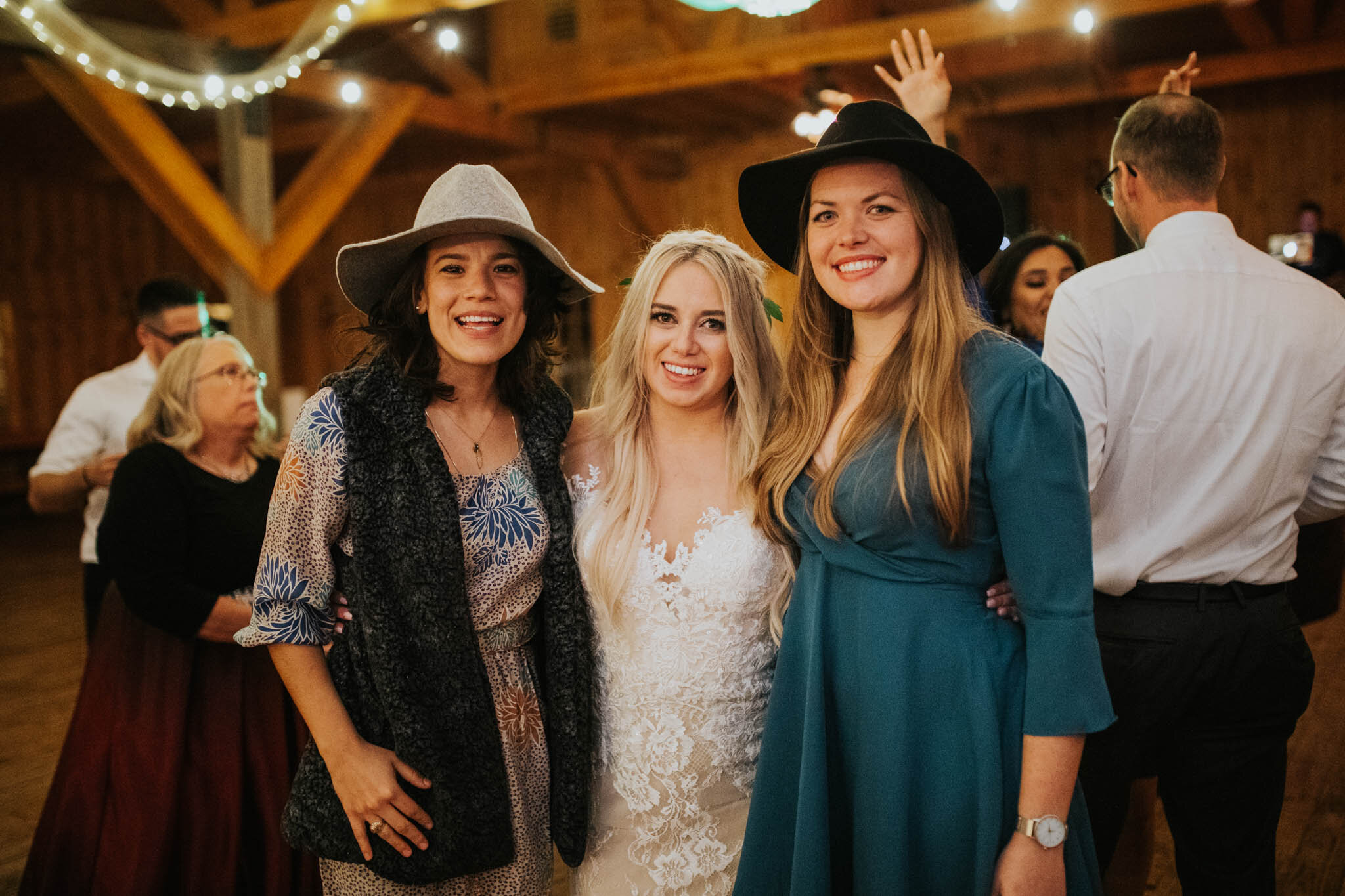Flash Or No Flash?
The internet has revolutionized shopping for anyone who likes to compare products before purchasing. I can get lost for hours researching a $10 purchase but I’ll be darned if I don’t always end up with a better product/service. And wedding photography services are no exception to the rule. Brides spend can spend weeks comparing different photographers online, asking questions about their style and process.
One concern I did not expect was my use of flash at a wedding, however, I have been answering this question a lot more recently. Not that I feel like it’s a bad thing, I do have some opinions on the use of flash at wedding and I wish the answer was as simple as “yes I do” or “heck no, never!”. But, like many things related to wedding planning, the answer is not so simple.
The Ceremony
Most ceremonies (even indoor) are well lit enough to shoot with little or no light modification.
I think it goes without saying that flash during a ceremony should be a big no no. I’m no expert on every photographer’s philosophy on how to conduct themselves during a ceremony, but I can guess that the general theme would be “be present, but not seen.”
I personally would be horrified if anything I did during a ceremony was distracting to the guests or couple. Yes… slapping on a nice portrait lens and getting right up next to the couple during their vows would result in some stellar images. However, I find no justification for anything that would be such a big distraction to the wedding experience. Of course I haven’t shot in every situation imaginable, so be sure to communicate with your photographer and see what their plans are for lighting during your ceremony.
The Reception
The reception is the time where a photographer can really stretch their legs. The pressure of the ceremony and the formal photos are far gone, and now you can just focus on documenting the evening. Here, is where I feel like flash photography is totally acceptable, and oftentimes can be advantageous.
Let’s start with the obvious benefits of flash photography. Most receptions take place during late evening or at night. This low light environment can be challenging to capture, even for professional grade camera equipment. A moderate amount of flash can go a long way to fill in the gaps that reception lighting often leaves behind.
Another benefit of flash photography can be some unique lighting opportunities. An old event photographer trick is to freeze an image using a flash while keeping the camera shutter open to get some neat looking light trails.
Finally, the benefit I notice the most is just the good feedback from guests in the photo. After they see the flash and me put the camera down, there is almost always a small hug or hooray involved! Without flash, the guests have no way of knowing I’ve snapped the photo and always look a tad confused when I put the camera down as if they’re thinking “Wait, did he actually take the photo? That was too fast….” before I turn the camera around and show them their lovely group photo. So yeah, tell your photographer that using flash during a ceremony is not only okay, but sometimes fun! (again, I know it’s a super weird way of thinking hehe).
Be Careful
Low light image shot with a subtle flash fill.
With anything there are exceptions to using flash. If your photographer is too reliant on the light from the flash and doesn’t use the proper gear and/or the proper camera settings, you can be left with images that don’t look super great. If you’ve ever seen a photo from an instant camera or disposable camera, you’ve probably seen what I’m talking about. The person is brightly lit, but the background is completely dark and looks nothing like what your eyes are seeing. This is because human eyes are still far better at working with low light than cameras, so there are tricks photographers must use to properly represent low light receptions.
My personal trick is to set the camera to as low light setting as I’m comfortable with (without introducing too much noise to the image) and then using a flash to fill in the rest. This results in a nice bright image, but with a background that is still clearly visible. These kinds of photos more closely mimic what the human eye sees.
Conclusion
It’s important to communicate with your photographer beforehand to determine their shooting philosophy. If your photographer seems frustrated or uninterested in answering your questions, there is a good chance they will be also uninterested with making sure they aren’t making your wedding feel less like a fun party and more like like a photo shoot. They may be okay with using flash photography during the ceremony and overusing flash during a reception.
While checking your photographers portfolio that you ask for a full wedding gallery example, scroll down to the bottom of the gallery and see how they handle the more challenging reception lighting situations. You’ll be surprised how many photographers display incredible natural lighting photography, but their low light photography is very lackluster. Your wedding reception is arguably one of the most important parts of a wedding to capture properly, as it is likely the one time you will ever have all your friends and family in one place. It’s not a responsibility that any photographer should take lightly (unintended pun but I’m leaving it in hehe)
Good luck with the rest of your planning!




